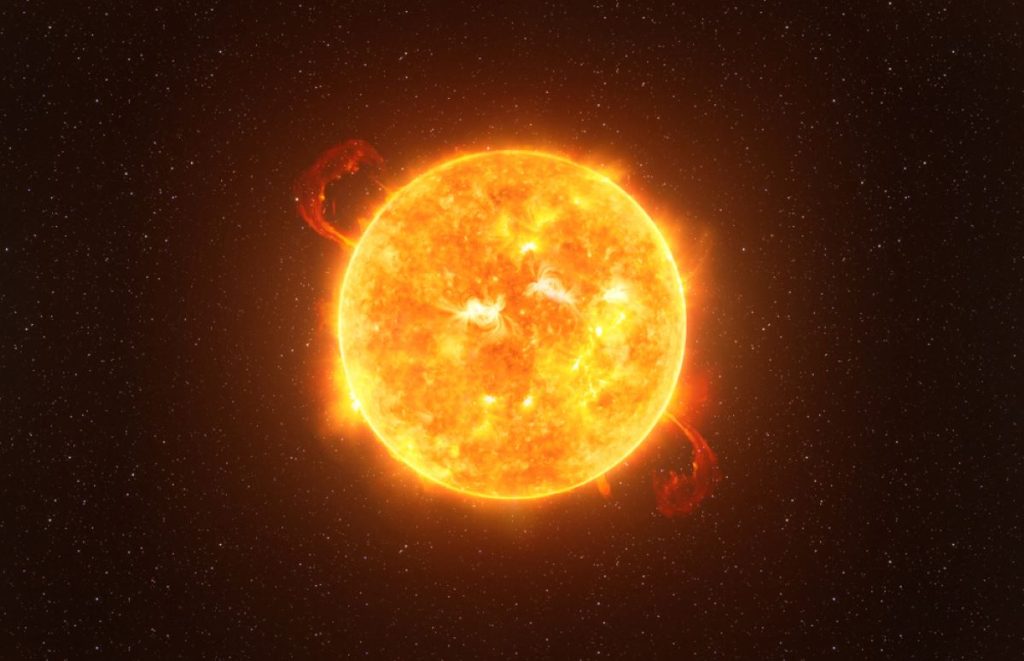A powerful example of solar storms’ impact was the “Quebec Blackout” of 1989.
Others are reading now
The National Oceanic and Atmospheric Administration (NOAA) and the International Solar Cycle Prediction Panel have announced that the Sun has entered its maximum activity phase in its ongoing 11-year cycle.
Increase in Sunspots
This solar cycle, driven by shifts in the Sun’s magnetic field, sees the star’s magnetic poles regularly swap positions, according to WP.
Scientists track this process by observing the appearance of dark sunspots, which are closely linked to magnetic activity. According to Jamie Favors, director of NASA’s Space Weather Program, the increase in sunspots indicates heightened solar activity during this phase.
“This is an exciting opportunity to learn more about our closest star, but it also has real-world effects on Earth and throughout the solar system,” Favors said.
Also read
This heightened activity influences space weather, which has significant implications for astronauts, satellites, navigation systems, and electrical grids. One notable effect is the increase in strong auroras.
Disrupts Radio and GPS
A powerful example of solar storms’ impact was the “Quebec Blackout” of 1989, when a massive geomagnetic storm caused a 12-hour power outage in Quebec, Canada, affecting airports and subway systems globally.
Solar storms can also disrupt radio signals and GPS systems, leading to widespread disruptions across various industries.
Earlier this year, NASA reported that the Sun unleashed a major stream of charged particles toward Earth in May, resulting in the strongest geomagnetic storm in two decades. This event produced some of the most intense auroras seen in the last 500 years.
Solar cycles have been tracked for hundreds of years, with sunspots first observed by Galileo in the 17th century. Each cycle varies, with some reaching intense peaks quickly, while others are more prolonged.
Though scientists know that the Sun is currently in its most active period, they aren’t yet certain when the activity will peak. Pinpointing the exact peak may take months or even years of observation.
This period of heightened solar activity is expected to last for another year, with the most significant solar storm to date occurring on October 9.


